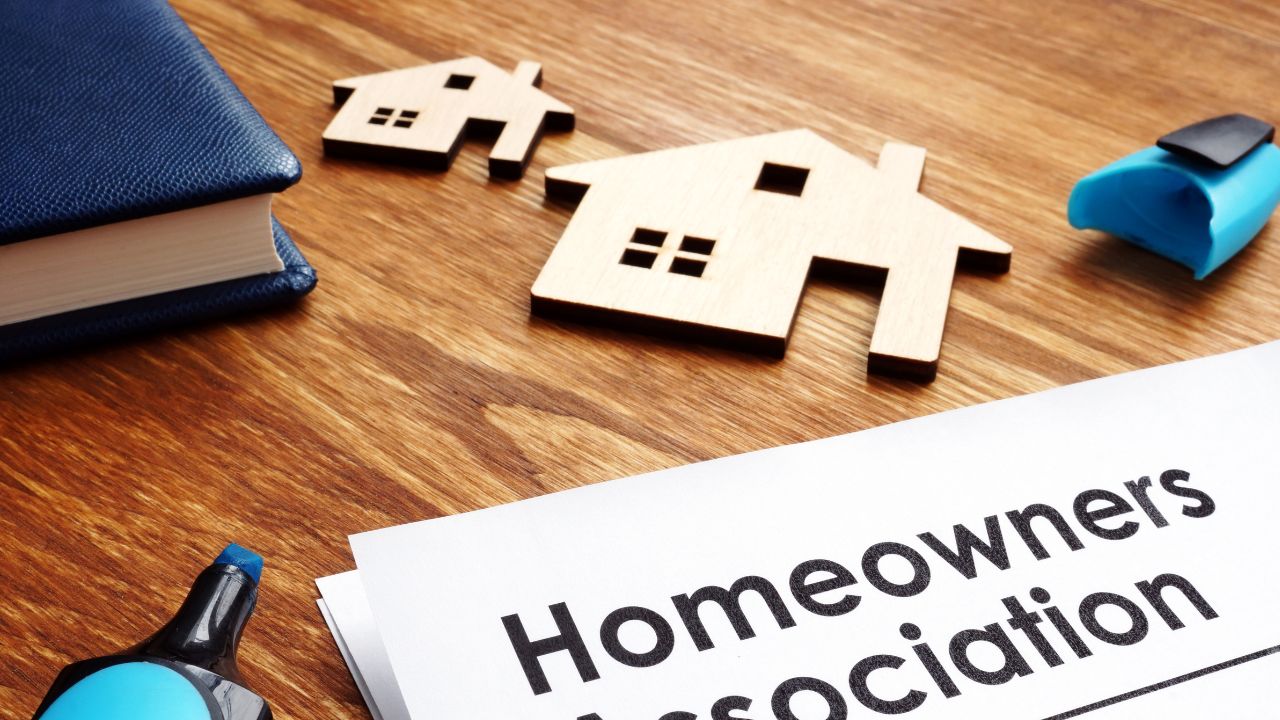Exactly How Condominium HOA Regulates Shared Areas and Improves Community Consistency
The administration of shared areas within a condominium association plays a critical role in promoting area cohesion and keeping residential or commercial property values. Through the establishment of thorough guidelines, the Apartment HOA not only controls the use of communal features yet likewise promotes a society of regard and responsibility among residents.
Duty of the HOA
The homeowners association (HOA) acts as the controling body for condominium communities, playing an essential role in keeping the residential or commercial property and promoting a natural living setting. It is responsible for applying and establishing community policies and guidelines, which are designed to preserve the visual value and functionality of the common room. This administration ensures that all citizens stick to a standard collection of assumptions, cultivating a sense of unity amongst diverse home owners.
In Addition, the HOA handles the financial facets of the community, consisting of budgeting, accumulating charges, and maintaining usual locations. This economic oversight is crucial in making sure that required maintenance and enhancements are executed quickly, boosting residential property values with time. The HOA also works as a liaison between homeowners and outside entities, such as neighborhood federal government and company, attending to communal worries efficiently.
Furthermore, the HOA frequently arranges area occasions and programs, motivating neighborly communications and constructing connections among residents. By facilitating open interaction and dealing with complaints, the HOA adds to an unified living atmosphere. Thus, its complex role is essential in making certain the smooth operation and general contentment within condo neighborhoods.
Guidelines for Shared Areas
Effective governance in condo neighborhoods necessitates clear rules for common rooms, which are important for maintaining order and promoting a sense of community amongst residents. These policies serve as guidelines that ensure everyone can enjoy usual areas, such as swimming pools, yards, and entertainment centers, without problem.

In addition, sanitation and maintenance standards are vital, frequently specifying that locals have to tidy up after themselves and report any type of problems to the homeowners' organization. By clearly connecting these assumptions, the HOA can encourage and minimize misunderstandings regard amongst homeowners.
Inevitably, well-defined guidelines for shared areas contribute to the total lifestyle in a condominium area, enabling citizens to exist side-by-side peacefully while enjoying the features that improve their living experience. condo hoa.
Value of Neighborhood Guidelines

Neighborhood standards play a significant function in promoting a respectful and natural setting within condominium organizations. These standards develop clear expectations for homeowners, advertising a feeling of accountability and shared obligation. By delineating appropriate actions and practices, community standards aid prevent misconceptions and problems amongst homeowners.
Additionally, these guidelines function as a framework for maintaining the practical and visual stability of common spaces. They make certain that all citizens stick to standards pertaining to residential property upkeep, noise degrees, and usage of communal centers. This uniformity not more just enhances the aesthetic appeal of the neighborhood but also adds to overall home worths, benefiting all house owners.

Problem Resolution Approaches
Browsing conflicts within a condo organization calls for an organized strategy to guarantee reliable and reasonable resolution. Reliable problem resolution strategies frequently begin with open communication, motivating homeowners to voice concerns in a respectful fashion. Developing a designated network my response for complaints, such as a recommendation box or an online discussion forum, can facilitate this procedure.
Mediation is an additional vital strategy, in which a neutral 3rd party helps challenging residents get to a mutually reasonable solution. This method cultivates collaboration and understanding, lessening hostility - condo hoa. The HOA board ought to also establish clear treatments for addressing issues, making certain all celebrations know the steps entailed
Normal conflict resolution training for board participants can boost their capacity to take care of disputes successfully. Making use of a distinct framework, such as the "Interest-Based Relational Method," aids concentrate conversations on interests instead of positions, advertising a solutions-oriented attitude.
Benefits of Area Consistency
Promoting neighborhood consistency within a condominium organization brings many advantages that boost the total living experience for locals. An unified area urges partnership and collaboration amongst neighbors, resulting in a this website more congenial environment. When residents feel highly regarded and connected, they are extra most likely to engage in public activities and join decision-making procedures, causing a stronger sense of belonging.
Furthermore, neighborhood consistency considerably reduces disputes and misconceptions, which can or else interfere with every day life. A tranquil setting decreases tension and advertises psychological well-being, permitting citizens to enjoy their homes totally. In addition, unified relationships often translate right into enhanced residential or commercial property worths, as prospective buyers are attracted to areas characterized by stability and teamwork.
Final Thought
With the establishment of clear guidelines and neighborhood guidelines, homeowners are encouraged to keep a answerable and considerate environment. Ultimately, the initiatives of the HOA contribute to a natural area, advertising both building worths and total resident satisfaction.
In Addition, the HOA frequently arranges neighborhood occasions and programs, motivating neighborly interactions and constructing connections amongst citizens. By marking acceptable actions and methods, neighborhood standards aid prevent misconceptions and problems amongst citizens.
Additionally, area guidelines help with efficient interaction among residents and the Homeowners Organization (HOA) Through the facility of clear guidelines and community guidelines, citizens are motivated to keep a answerable and considerate environment. Ultimately, the initiatives of the HOA add to a cohesive community, promoting both residential or commercial property worths and total resident complete satisfaction.